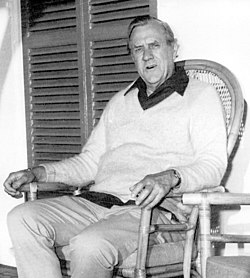Pre-Colonial

- 50,000–45,000 BP – Near Penrith, a far western suburb of Sydney, numerous Aboriginal stone tools were found in Cranebrook Terraces gravel sediments dating to this time period; at first when these results were new they were controversial. More recently in 1987 and 2003, dating of the same strata has revised and corroborated these dates. [1]
- 30,000 BP – Radiocarbon dating suggests human activity occurred in and around the Sydney basin, as evidenced by an archaeological dig in Parramatta, in Western Sydney. [2] [3] The finds show that the Aboriginal Australians in that region used charcoal, stone tools and possible ancient campfires. [4] [5]
- 21,100–17,800 BP – Stone artifact assemblages dating to this time period discovered in Shaws Creek (near Hawkesbury River) and in Blue Mountains. A rock shelter with flakes dating to this period discovered near Nepean River. [6]
- 5,000–7000 BP – The Sydney rock engravings, a form of Australian Aboriginal rock art consisting of carefully drawn images of people, animals, or symbols, date to this time period. [7]
- 4,000–2,000 BC – The first backed stone artifacts developed, such as blades and spears. The stones would drill, scrape, cut and grind material. They were also associated with woodworking. [8]
- 1,000–500 BC – Bone and shell usage dating to this period discovered. They would've been attached to fishing spear prongs, which would mean that multi-pronged fishing spears occurred at this time. The evidence of spear-throwing is suggested by an excavated shell in Balmoral Beach. [9]
- c 500 CE – Likely large tsunami. [10]




















